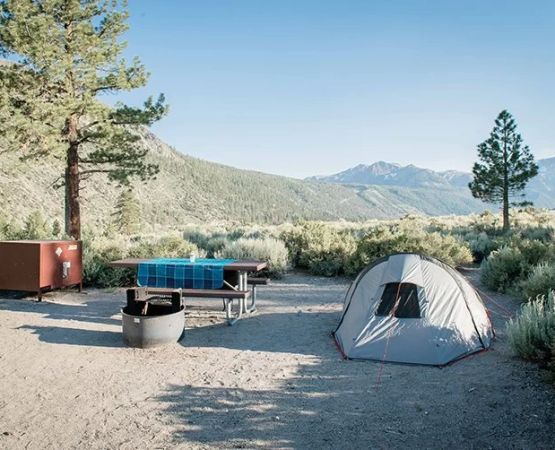Eco-friendly Camping: Sustainable Travel Adventures for the Modern Explorer
- What is Eco-friendly Camping?
- How to Plan a Sustainable Camping Trip
- Top Eco-friendly Camping Destinations
- Real-Life Eco-friendly Camping Stories
- Eco-tourism Tips for Green Travelers
1. What is Eco-friendly Camping?
Eco-friendly camping is all about immersing yourself in nature while minimizing your environmental footprint. This form of camping emphasizes sustainability by focusing on reducing waste, conserving resources, and protecting local ecosystems. Whether it's using biodegradable products, minimizing energy consumption, or supporting local conservation efforts, eco-friendly camping is designed to make sure nature thrives while you enjoy its beauty.
2. How to Plan a Sustainable Camping Trip
Planning a sustainable camping trip involves more than just picking a location. It requires careful thought about what you bring, how you act, and the impact you leave behind. Start by researching eco-friendly gear such as solar-powered gadgets, reusable containers, and compostable utensils. Make sure to camp in places that support sustainable tourism and leave no trace of your visit. For instance, using eco-friendly toilet paper and ensuring your campfire is properly extinguished are simple steps that go a long way.
3. Top Eco-friendly Camping Destinations
Some of the best eco-friendly camping spots combine breathtaking scenery with a commitment to sustainability. For example, the Yosemite National Park in California has implemented green initiatives like sustainable cabins, eco-conscious food offerings, and waste reduction programs. Similarly, the Scottish Highlands offer wild camping opportunities where you can stay off the beaten path, leaving only footprints behind. In Europe, destinations like Slovenia's Triglav National Park and Switzerland's Zermatt promote green camping practices that protect the land and wildlife.
4. Real-Life Eco-friendly Camping Stories
One unforgettable experience comes from Anna and Mark, a couple from the UK who decided to go camping in a remote part of Norway's Lofoten Islands. They chose a campsite that adheres to strict eco-friendly standards, where they used composting toilets and solar-powered showers. Despite the rugged conditions, they found themselves more connected to nature than ever, realizing how much better it felt knowing their actions were preserving the beauty around them.
5. Eco-tourism Tips for Green Travelers
As you embark on your eco-friendly camping adventure, here are a few tips to enhance your green travel experience: 1. Opt for local, organic food whenever possible to reduce your carbon footprint. 2. Avoid single-use plastics—use reusable bottles and bags. 3. Respect wildlife and adhere to park regulations. 4. Leave no trace by cleaning up after yourself and minimizing waste. 5. Consider staying at eco-friendly campsites that support environmental conservation efforts.






